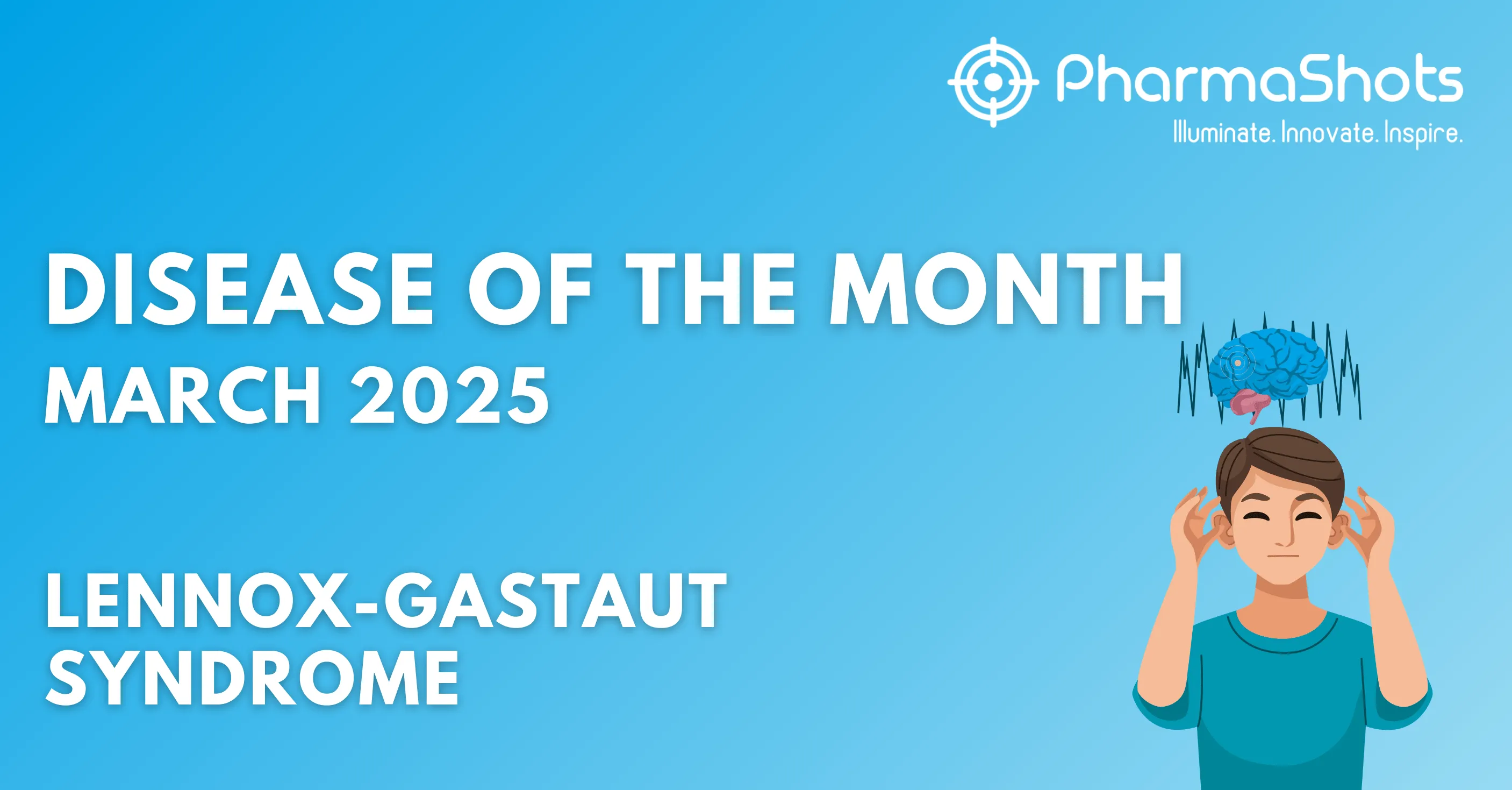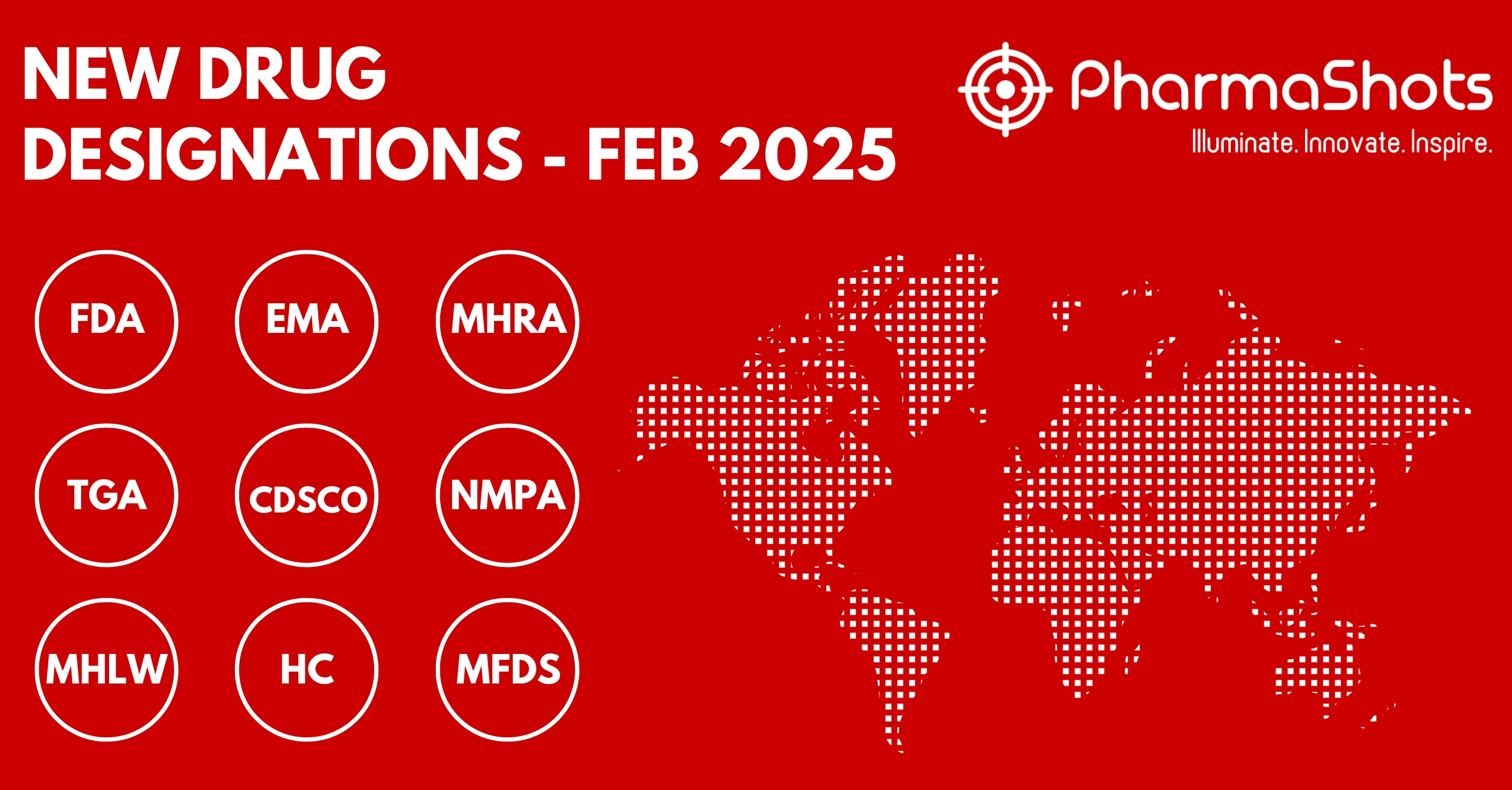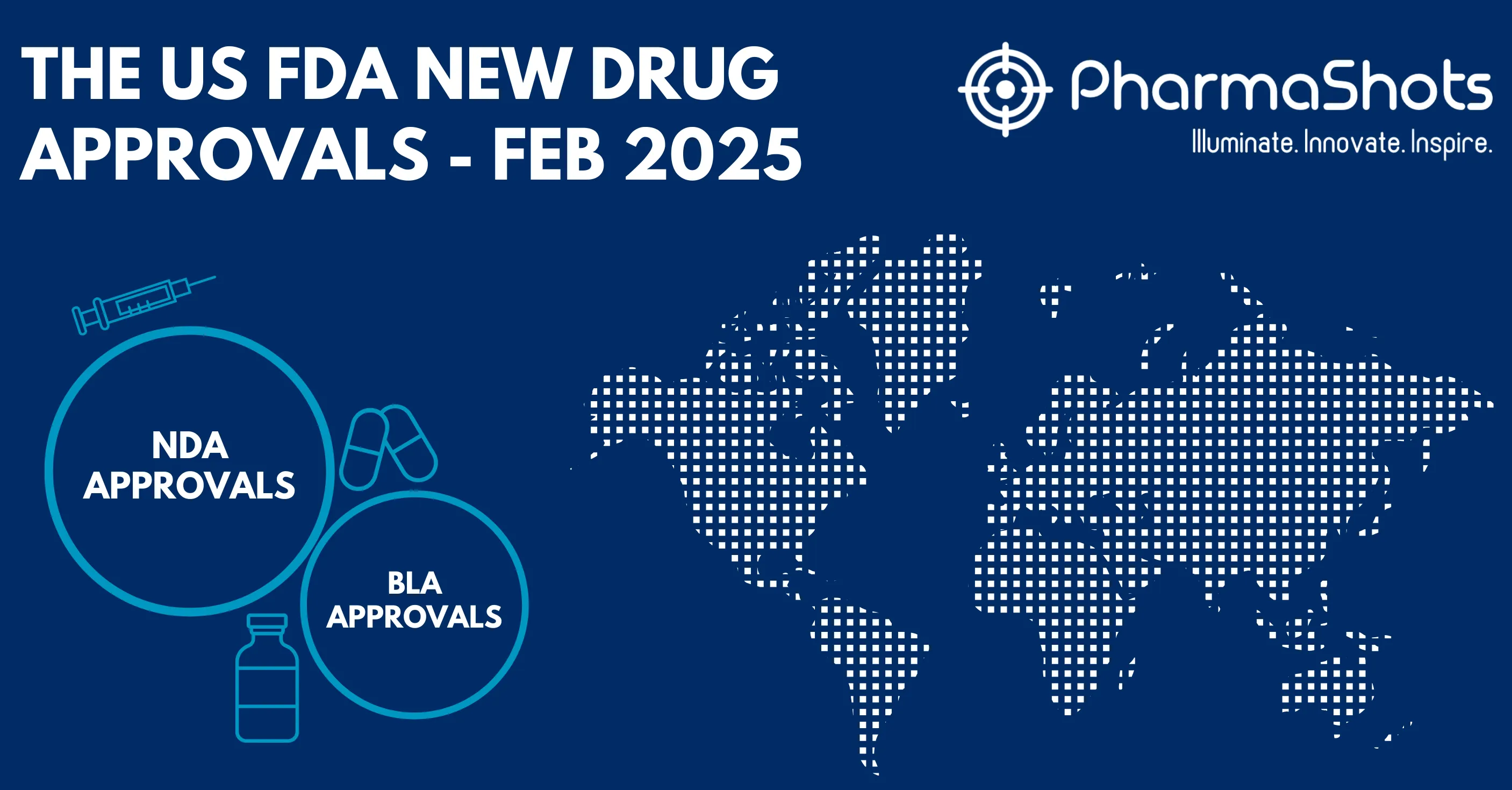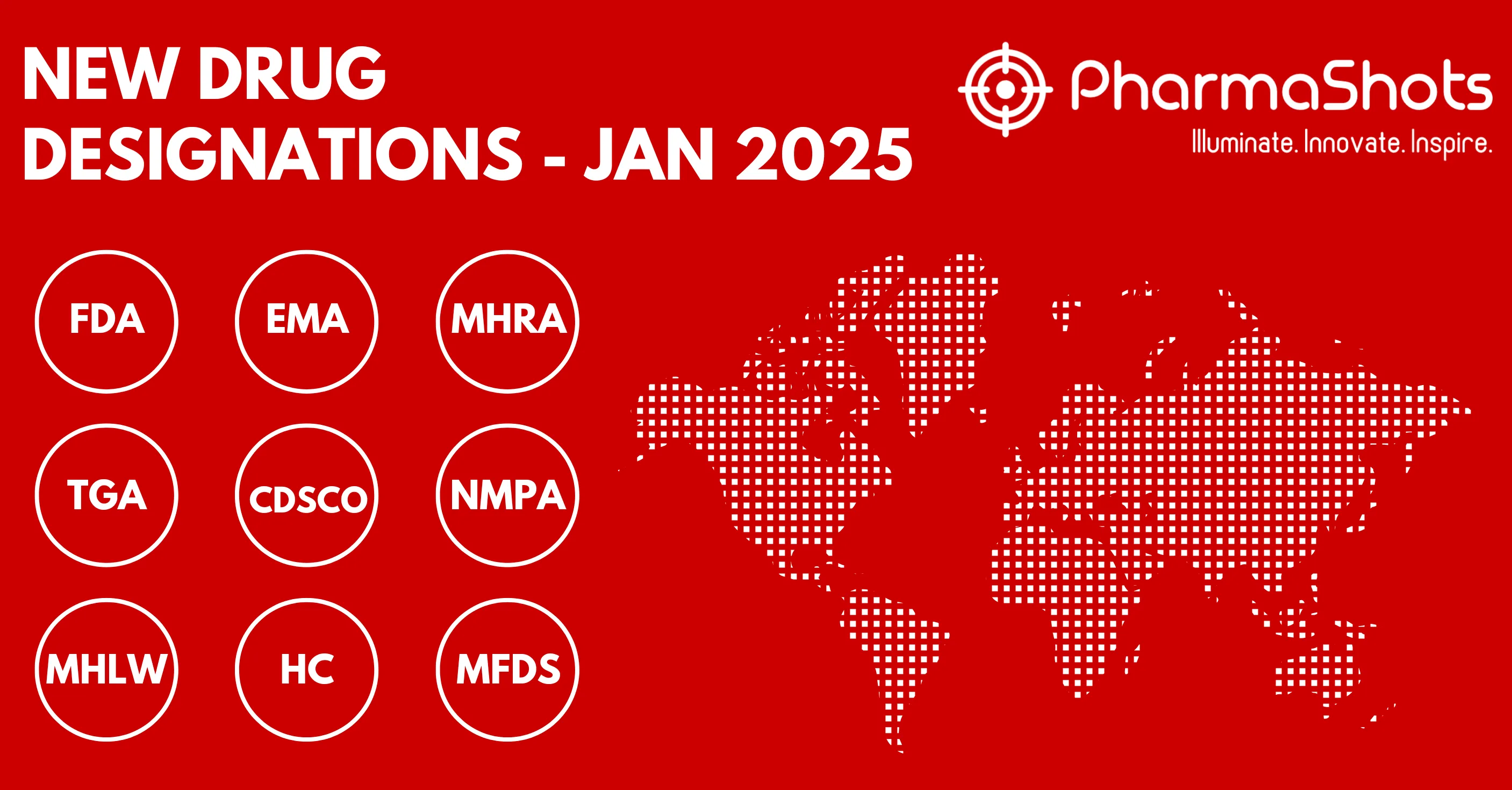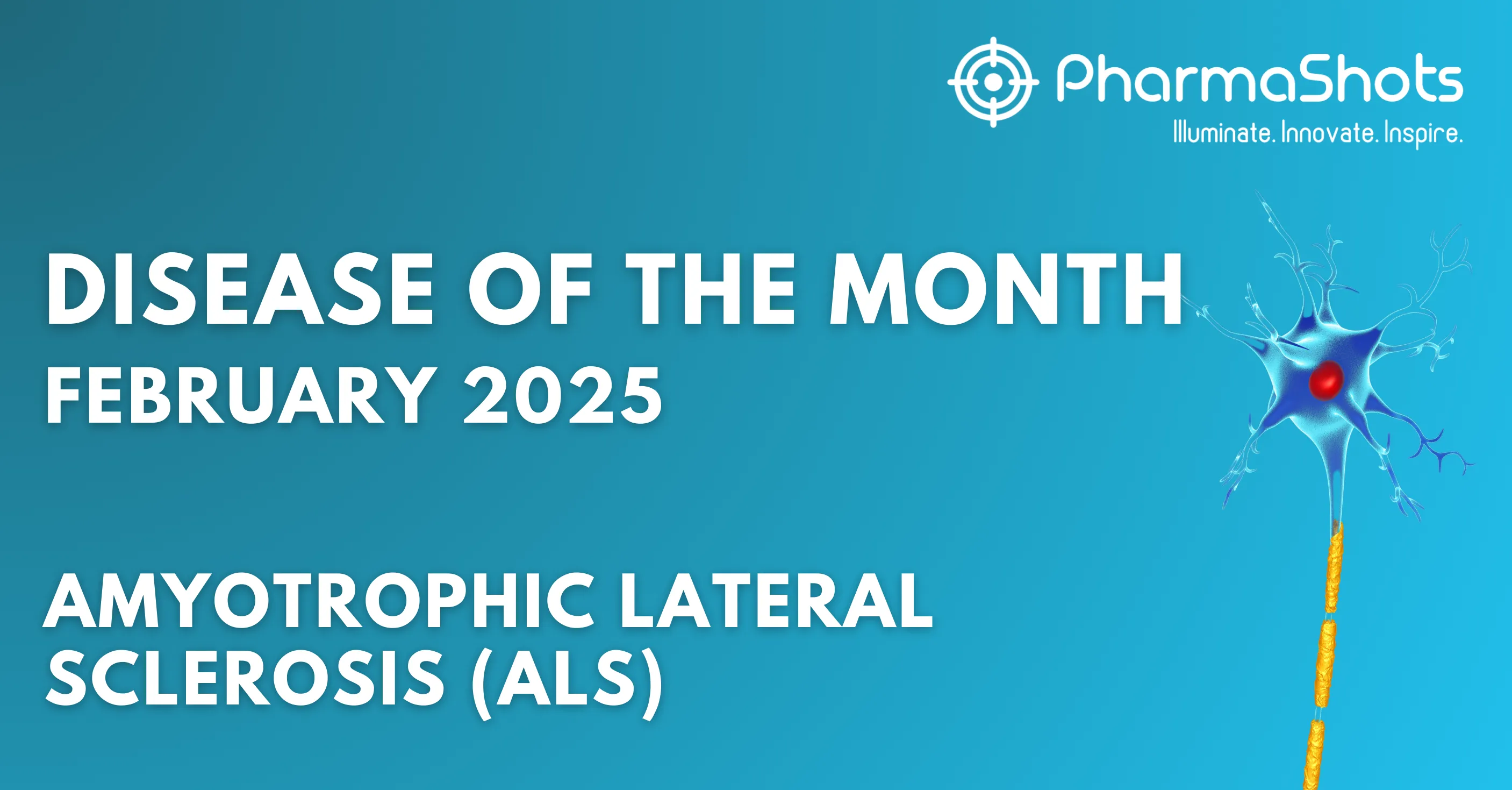
Disease of the Month- Osteoporosis
-
To keep our readers acquainted with several disease conditions, ongoing trials, and available treatment options, PharmaShots brings every month a detailed take on a particular disease after thorough research
-
Continuing the series for the disease of the month, PharmaShots brings a condensed report on Osteoporosis, a bone and tissue disorder
-
October 20th is observed as World Osteoporosis Day, a disease that affects people in every country around the globe.
Introduction: [1,2]
Osteoporosis is a bone disease that causes bone tissue deterioration and decreases strength. It can make you more likely to experience a bone fracture (broken bone). In osteoporosis, the formation of new bone doesn't keep up with the loss of old bone. It increases the risk of fractures, especially in the hip, spinal vertebrae, and some peripheral joints, such as the wrists.
It predominantly affects white and Asian women, especially post-menopausal women, who are at highest risk. Medicines, a healthy diet, and weight-bearing exercise can help prevent bone loss or strengthen already weak bones.
Symptoms:
At the early stage of bone loss, there are no symptoms but after the weakened of bones by osteoporosis might have symptoms that include:
-
Back pain, caused by a broken or collapsed bone in the spine
-
Loss of height over time
-
A stooped posture
-
A bone that breaks much more easily than expected
Diagnosis: [3]
-
Bone density test: It uses a type of X-ray known as dual-energy X-ray absorptiometry (DEXA) that indicates the risk of osteoporotic fractures. It can also help monitor a person’s response to treatment along with body composition, such as body fat and muscle mass
-
Ultrasound scan: Another method that doctors use for assessing osteoporosis, and can be carried out in the primary care setting
-
CT scan: It provides more detailed information than plain X-rays
Epidemiology: [4]
According to the International Osteoporosis Foundation, it is estimated that 75M people are currently affected with osteoporosis in the EU, the US, and Japan. It affects 1/3 of women and 1/5 of men over the age of 50 worldwide.
Market Size: [5]
In 2022, the osteoporosis treatment market size reached ~15.8B and within 10 years (by 2032) it is expected to increase by 23.85B at a CAGR of 4.2%.
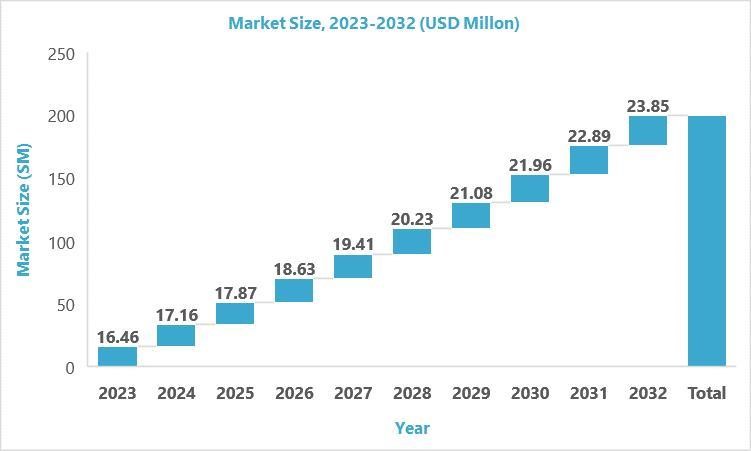
Management and Treatments: [6]
-
Diet Sources: Dairy products, green leafy vegetables, Fish, fortified breakfast cereals, and supplements are also available to complete the adequate amount of calcium intake
-
Vitamin D: It can be a good source for preventing osteoporosis as it helps the body to absorb calcium
-
Exercise: Exercises help strengthen bones muscles, tendons, and ligaments
-
Calcitonin: This helps prevent spinal fractures in postmenopausal women and can help manage pain after a fracture
-
Diet Sources: Dairy products, green leafy vegetables, Fish, fortified breakfast cereals, and supplements are also available to complete the adequate amount of calcium intake.
-
Vitamin D: It can be a good source for preventing osteoporosis as it helps the body to absorb calcium.
-
Exercise: Exercises help strengthen bones muscles, tendons, and ligaments.
-
Calcitonin: This helps prevent spinal fractures in postmenopausal women and can help manage pain after a fracture.
-
Approved Monoclonal Antibodies: mABs like denosumab, and romosozumab are approved and available for that may help the patients with osteoporosis.
Product Dashboard [7]
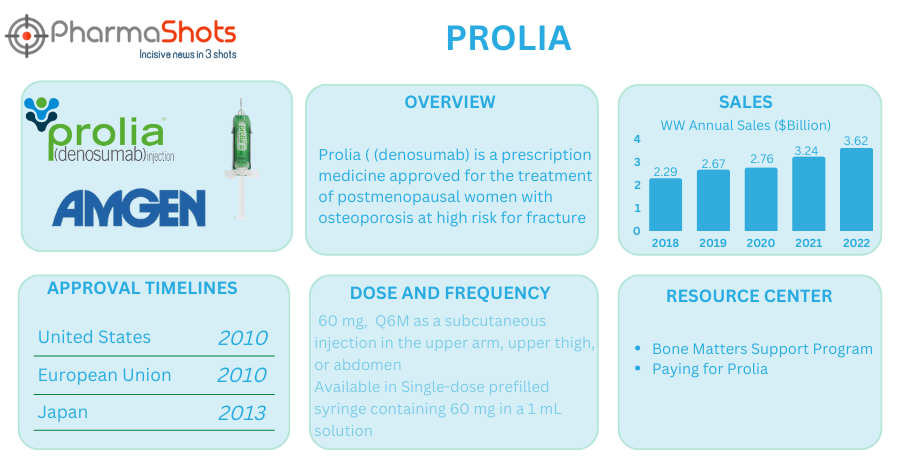
Key Players in the Market: [8]
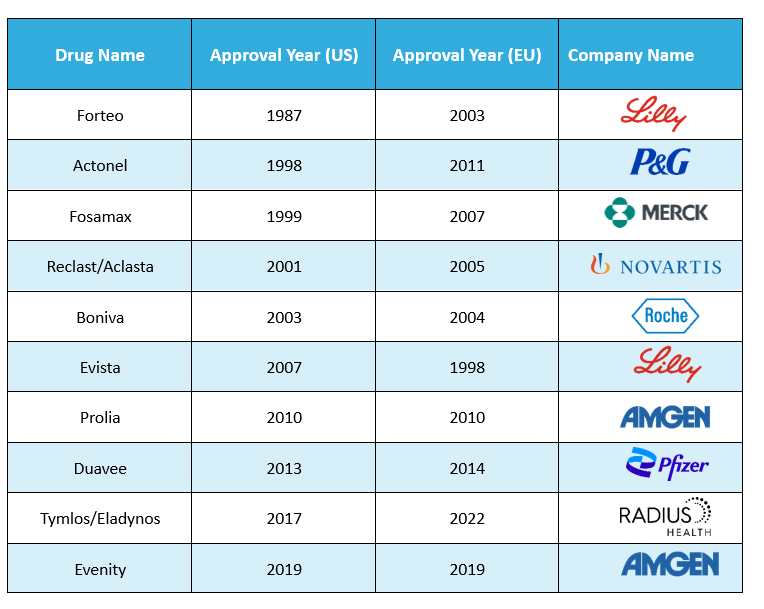
Clinical Trial Analysis: [9]
Various pharmaceutical companies are working to develop new treatment options, either as monotherapy or in combination for osteoporosis. As of September 30, 2023, about 34 interventional clinical trials were registered worldwide for osteoporosis. Some of the key molecules involved in the trials are EBP05 (Entera Bio), JMT103 (JMT-Bio), AGA2118 (Angitia Biopharmaceuticals), LY06006 (Luye Pharma).
Based on geographical distribution, the interventional and Industry funder type clinical trials are classified in the below-mentioned graph in two groups based on their status i.e., active (recruiting, active, not recruiting, not yet recruiting and enrolling by invitation, suspended) and inactive (withdrawn, terminated and trials with unknown status). A maximum number of active trials is being conducted in the US and China while a minimum of trials was reported in France and Italy (as represented in the graph).
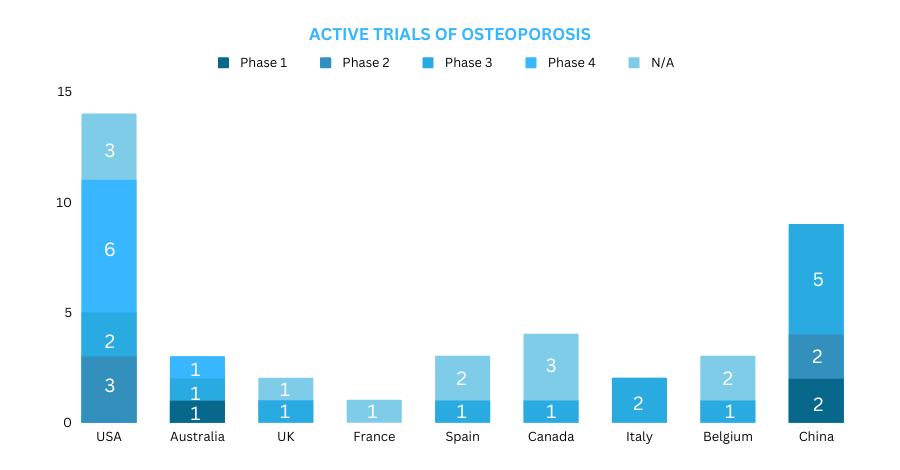
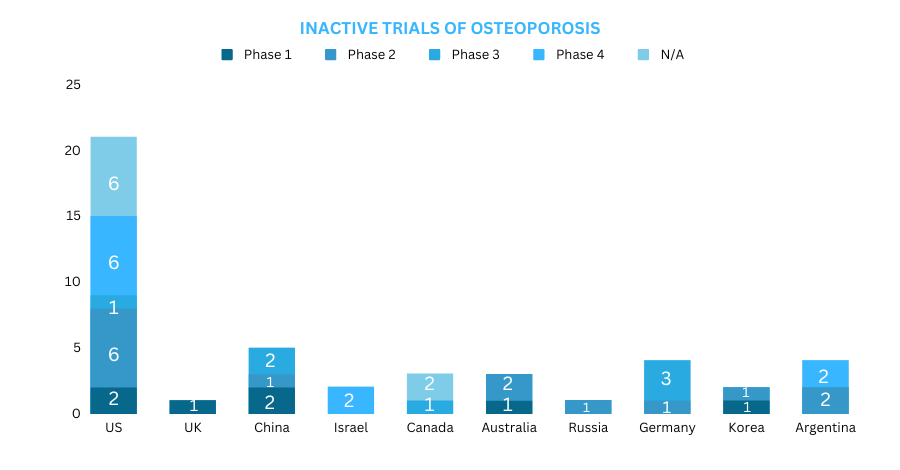
Patient Advocacy Groups (PAGs) for Osteoporosis: [10, 11,12]
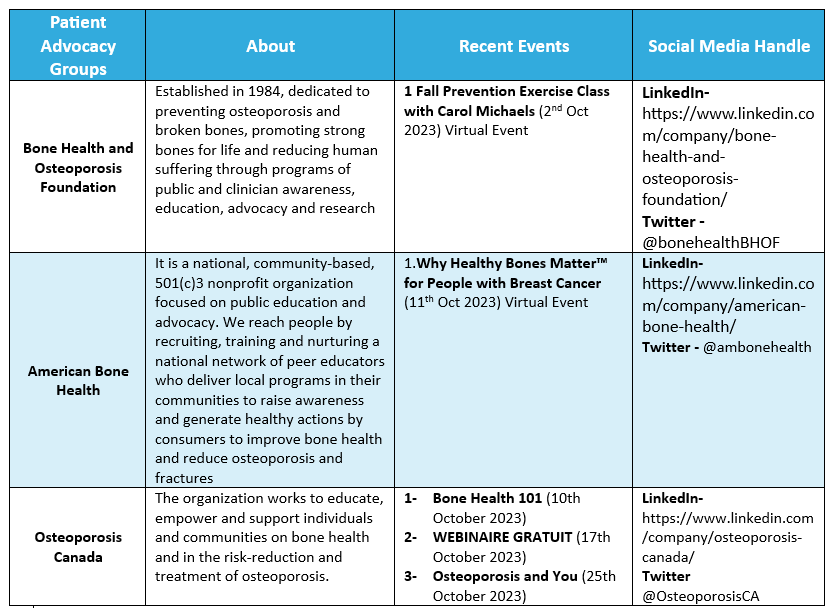
References:
- NIH
- Mayoclinic
- Clevelandclinic
- IOF
- IMARC Group
- MedicalNewsToday
- Prolia
- NLM
- Clinicaltrials.gov
- BHOF
- American Bone Health
- Osteoporosis Canada
*For deep dive landscape please mail connect@pharmashots.com
Related Post: Disease of the Month: Mesothelioma
Tags

Akanksha was a content writer at PharmaShots. She is interested in covering recent innovations from pharma & medtech industry. She covers news related to Product approvals, clinical trial results, and updates. She is passionate, meticulous, diligent, and inquisitive. She can be contacted at connect@pharmashots.com.





